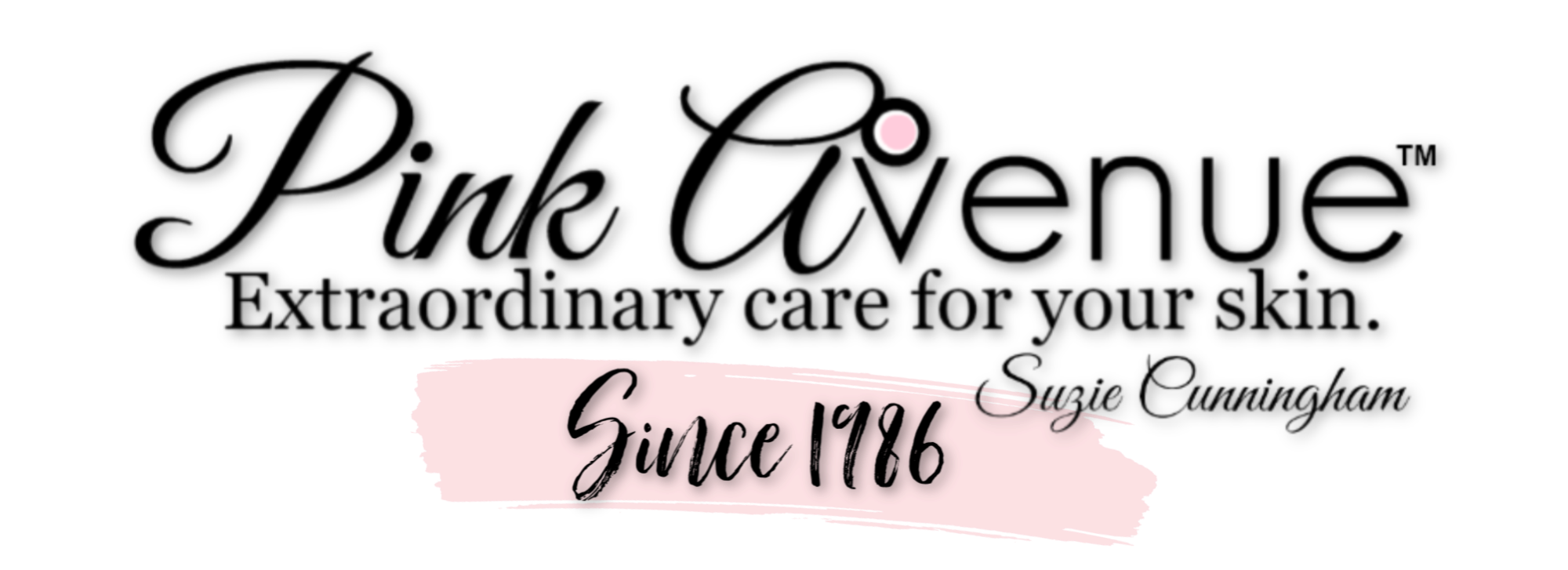
The Fitzpatrick Skin Classification guide was developed by Harvard Medical School
Dermatologist Thomas Fitzpatrick MD in 1975.
Excellent care of the skin requires an understanding of your skin type and how it may react before considering a series of peels or purchasing skin care. The chart below will give you an excellent point of view of your type. This information is important so that you can have the confidence to know what is the best treatment for your skin, and what you should avoid. Knowledge is key to the best skin care.
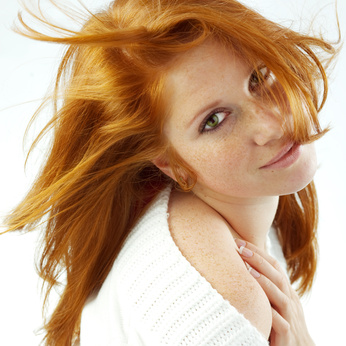 Type 1
Type 1
You are typically very fair, redhead or blonde. Avoid all glycolic and Jessner peels.
- You never tan and you always burn very easily.
- The skin is very sensitive either to your environment and or applications of many cosmetic ingredients.
- Your skin is reactive.
- You are very susceptible to skin damage and therefore you are risk for skin cancers including the deadliest melanoma.
- Use sunscreens SPF 30 + daily to protect your skin , along with protective clothing.
- Stay out of the sun when possible.
- Check from head to toe and look for changes in moles or new growths.
- Consult with your doctor on a regular basis.
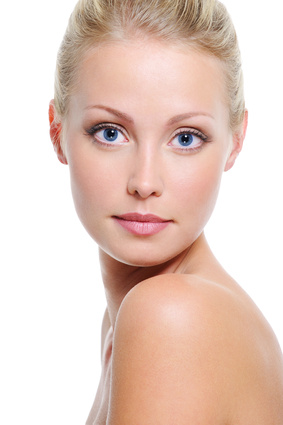 Type 2
Type 2
You are typically fair, redhead or blonde. Buffered glycolic and enzymatic peels may be suitable. Consultation recommended prior to treatment
- You never tan and you always burn very easily.
- The skin is very sensitive either to your environment and or applications of many cosmetic ingredients.
- Your skin is reactive.
- You are very susceptible to skin damage and therefore you are risk for skin cancers including the deadliest melanoma.
- Use sunscreens SPF 30 + daily to protect your skin , along with protective clothing.
- Stay out of the sun when possible.
- Check from head to toe and look for changes in moles or new growths.
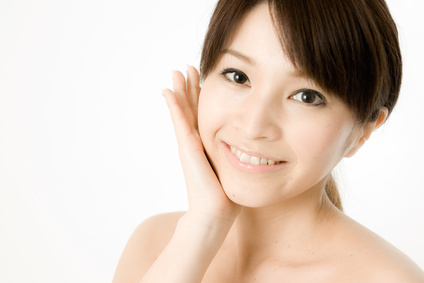 TYPE 3
TYPE 3
You are typically fair, any hair or eye color, very common.
Your skin tolerates glycolic and enzymatic peels well.
You occasionally burn and will tan sometimes in the sun.
- You are at risk for skin damage as well as cancers like basal cell carcinoma and squamous cell carcinoma.
- Too much sun can put you at risk for melanoma, the deadliest type of skin cancer.
- Wear a SPF 15 every day, wear sun-protective clothing, and seek the shade between 10 AM and 4 PM, when the sun is strongest.
- Paying attention to any suspicious growths, and make sure you have an annual professional skin checkup.
- Hyper-pigmentation maybe a problem as you age
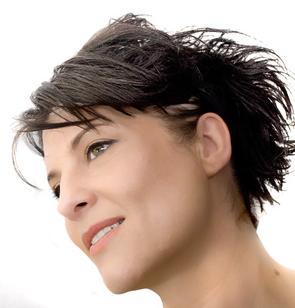 TYPE 4
TYPE 4
You typically have brown/olive skin, Mediterranean/ Caucasian skin type.
Your skin tolerates glycolic and enzymatic peels well.
- You are less likely to burn and tan more easily.
- However, you are still at risk for sun damage and skin cancers
- Use sunscreen with an SPF of 15+ outside and seek the shade between 10 AM and 4 PM.
- Check your skin head-to-toe each month, paying careful attention to any suspicious growths, and make sure you have an annual professional skin checkup.
- Hyper-pigmentation maybe an issue as you age
 TYPE 5
TYPE 5
You are typically brown tone skin, mixed race, mid eastern. Your skin is prone to hyper pigmentation ( dark spots / areas remain after pimples, sun exposure, surface injury to the skin.) Imperative to use sun protection to prevent and protect the skin from hyper pigmentation.
Your skin can tolerate very gentle buffered glycolic and enzymatic peels formulated for your skin type only. Be very cautious with strong un buffered peels as this can lead to hyper- pigmentation. Best advise is avoid glycolic peels and allow enzyme peels only.
The nature of your skin is to darken after damage/injury ie. inflamed breakout, cut to the skin etc. Mircrodermabrasion intentionally 'damages' the surface layer of the skin to increase cellular turn over. Avoid micro dermabrasion as the treatment may lead to darkening of the skin.
- You tan easily and rarely burn, but you are still at risk.
- Use sunscreen with an SPF of 15+ and seek the shade between 10 AM and 4 PM.
- You are at risk for melanoma, in particular Acral lentiginous, a very serious form of the disease. It is more common among darker-skinned people and tend to appear on parts of the body not usually exposed to the skin, such as the soles of the feet, palms of the hand and mucous membranes (lips)
- Check from head to toe and if you discover suspicious moles or growths, consult with your doctor.
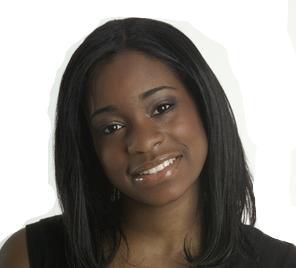 Type VI
Type VI
You are typically dark skinned. You tan very easily and rarely burn. You can still be sensitive to the sun.
Avoid all glycolic and acid based skin care products in the salon and at home. Mild enzymatic peels are suitable The nature of your skin is to darken after damage/injury ie. inflamed breakout, cut to the skin etc. Mircrodermabrasion intentionally 'damages' the surface layer of the skin to increase cellular turn over. Avoid micro dermabrasion as the treatment may lead to darkening of the skin.
- Use sunscreen with an SPF of 15+ and seek the shade between 10 AM and 4 PM.
- You are at risk for melanoma, in particular Acral lentiginous, a very serious form of the disease. It is more common among darker-skinned people and tend to appear on parts of the body not usually exposed to the skin, such as the soles of the feet, palms of the hand and mucous membranes (lips)
- Check from head to toe and if you discover suspicious moles or growths, consult with your doctor.
Visit Pink Avenue, Toronto for the best Bio Sculpture Gel pedi and mani. Enjoy the best anti - aging facials, Toronto and discover Pink Avenue's best glycolic peel. For the best skin care and best medical grade skin care, Pink Avenue is the best facial spa in Toronto.
COPY RIGHT 2018
